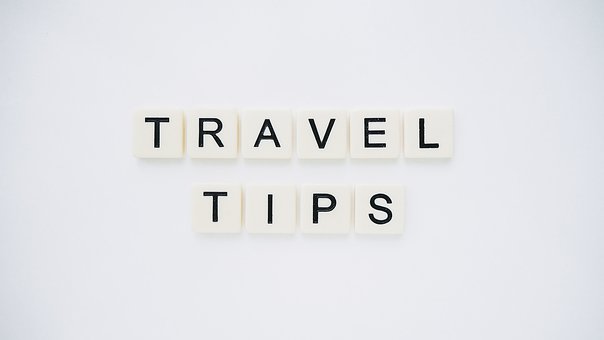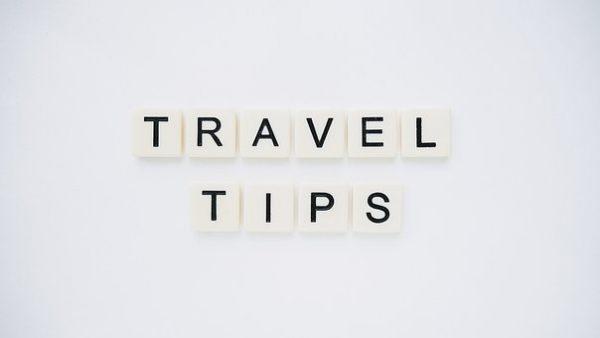Recent reports have rocked the world of tourism and may cause travel restrictions to be placed on certain states or countries around the globe. For example, the Dominican Republic’s recent news of sick American Tourists that led to the death of nine due to an unidentified source of illness.
When certain situations occur in some countries where tourism is active, Governments issue a travel advisory/warnings to their citizens who want to travel there. Sometimes these warnings are based on several factors like political instability, social unrest, safety or health concerns within that country.
Some countries list the specific areas they want their citizens to avoid while others use rating systems; they update these ratings per time. They rate the places of concern level 1 – 4 with Level 1 being the least to worry about and level 4 being an absolute no-go zone.
Level 1 means tourists should exercise normal precaution because there is no specific issue of concern at that location besides what’s obtainable around the world. Level 2 means tourists should exercise increased caution because there is a risk associated with that place and if you act with wisdom and appropriately, you should be fine. on the other hand, Level 3 means tourists should reconsider travel i.e. if the reason you are visiting is not indispensable, don’t bother travelling to that location. While level 4 means tourists should not travel at all to those locations because the current situation is too dangerous/life-threatening.
A travel advisory is not a death sentence to any country’s tourism sector because it can change depending on the speed at which the issues of concern are resolved. The areas considered as high risk or safe zones in travel advisories, also change from country to country.
For instance, the British Travel advisory pointed out at least 15 states in Nigeria that are okay for tourism or non-essential travel. While Canada & New Zealand’s Travel advisory rates Nigeria similarly with Britain, but theirs put three cities (Calabar, Lagos and Abuja) at Level 2 alert and all other places under level 3. This means Canadian tourists to those three states in Nigeria should exercise high caution because of incident crime and Zika virus threat (which is funny because we have no case of such in Nigeria) and they shouldn’t visit the other states if it is a non-essential trip. Meanwhile, the US placed a Level 4 alert on Borno, Yobe and the northern part of Adamawa State only while the rest of the country is at Level
A travel advisory doesn’t mean visitors can’t travel to certain states within Nigeria that are mentioned. It simply means tourists have to be extra careful when visiting because the likely hood of intervention by their government is limited. If you have a reliable contact who can arrange for security or knows their way around, you can still have a great time in Nigeria. We still have Nigerian University graduates still being posted to Northern Nigeria for National Youth Service Corps and they love the cultural difference there. But if you share similar concerns with any of the reasons for which travel advisory list exist, then simply stick to the states not listed as level 3 or 4 by your country for all your tourism activities.
Featured image source: Precondo (via Pixabay)


